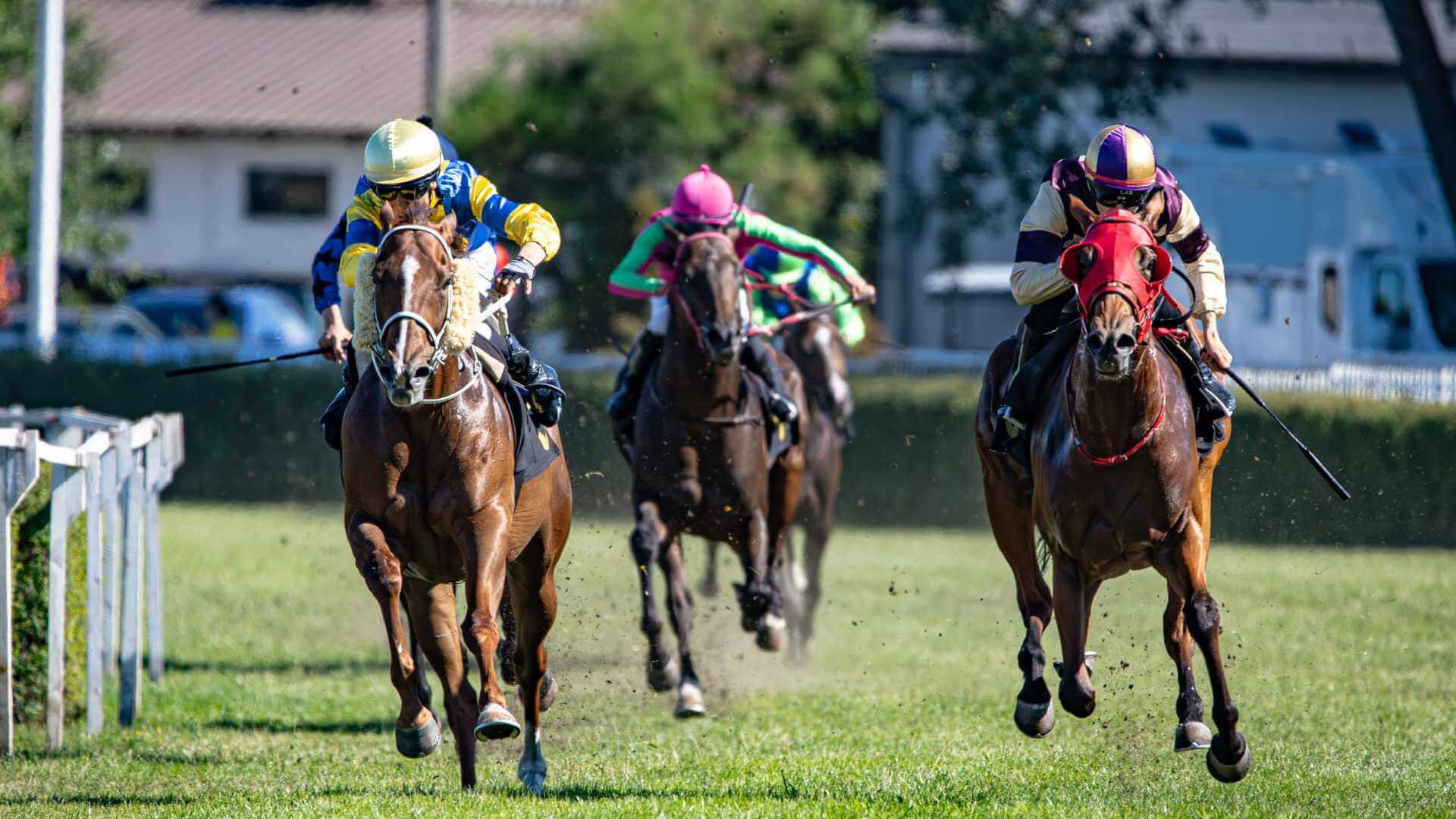How to Read Horse Racing Form
Introduction
Reading horse racing form is the foundation of smarter betting. Form tells the story of a horse’s recent performances, context, and suitability for today’s race. Done well, form reading highlights opportunities the market misses and filters out weak favourites. This guide breaks the process into simple steps so you can build a repeatable approach.
How to read the racecard quickly
Start with the basic pillars: class, distance, going, draw, pace, trainer and jockey. Confirm that today’s conditions match the horse’s proven strengths. A horse dropping in class with proven course form is always worth a second look.
Decode recent runs
Do not treat finishing positions in isolation. A 7th of 20 beaten three lengths can be better than a laboured 2nd in a weak race. Look for excuses: wide trip, traffic, missed break, needed the run after a layoff, wrong ground. Replays help uncover hidden positives that the bare figures hide.
Ground and distance patterns
Ground is the great leveller. Some runners transform on soft, others only show on good to firm. Distance matters just as much. Sprinters rarely improve for longer trips and strong stayers can be outpaced over shorter distances. Match the horse’s proven peaks to today’s conditions.
Course and draw nuances
Many UK tracks have strong biases. High draws can be a disadvantage on turning sprints; low draws may command the rail on some straights. Note past course wins, especially at idiosyncratic venues. Course specialists often outrun their odds.
Pace maps and race shape
Sketch a simple pace map: likely leaders, pressers, and closers. A sole leader can control fractions and upgrade a horse’s chance. Conversely, a speed duel can set up the race for a closer. When your form view aligns with the anticipated pace, confidence increases.
Trainer and jockey context
Strike rates fluctuate. Some yards target specific meetings or excel second run after a break. A positive jockey booking, or a jockey with prior wins on the horse, is a useful confirmatory signal. Cross-check with trainer form and jockey form.
Handicaps, marks and class moves
In handicaps, the rating (mark) dictates weight. A leniently treated horse dropping to a winning mark is notable. Class drops can be dramatic: a horse coming out of a hot Class 2 into a Class 4 often meets weaker opposition.
Market clues without overreacting
Late support can reflect stable confidence or inside information, but avoid chasing steam blindly. Use the market to confirm your read, not to replace it. Remember to compare with AI Horse Racing Tips for independent probabilities.
Simple checklist before you bet
1) Proven on today’s ground and distance.
2) Positive recent run with excuses if beaten.
3) Competitive mark or favourable weights.
4) Helpful draw and race shape.
5) Trainer and jockey in form.
6) Odds offer value versus your assessment.
Each way or win only
If the selection has a high place chance at double-figure odds, consider each way betting. If the run style is boom or bust, win-only can be superior.
Using Racing Buddy to speed up form work
Racing Buddy condenses the above into plain-English insights and probability estimates. It flags when the implied odds are bigger than our model — a value bet — and highlights outsiders that the market has underpriced.
Conclusion
Reading form is about context, not just numbers. Marry ground, distance, course, pace and intent with disciplined staking. With practice and Racing Buddy’s AI, you turn form study into a fast, confident process.
